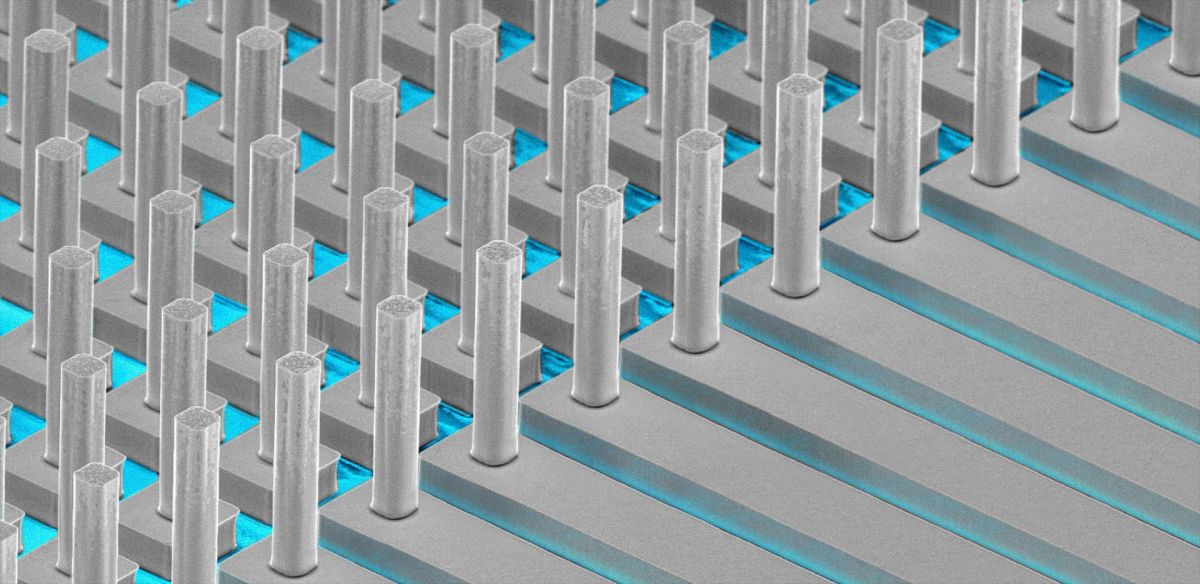
With Accura-3D, 3Brain AG has created a first-in-class solution that can directly access the complex cytoarchitecture of 3D tissues and brain organoids. Accura-3D, developed in collaboration with CSEM, exhibits an innovative brain-on-chip design to support high-throughput phenotypic assays, neurotoxicity screenings, and drug discovery approaches.
Understanding how organs form and how their cells behave is essential to finding the causes and treatment for developmental disorders, as well as understanding certain diseases. However, studying most organs in live animals or humans is technically difficult, expensive, and invasive. New biotechnologies like human derived stem cells offer to recapitulate the complexity and functionality of human tissues and allow for the generation of novel and exciting test systems including multicellular models, three dimensional cultures and organ-on-a-chip. But the increasing complexity of these model systems brings new challenges for researchers and companies.
To tackle these challenges, 3Brain AG paired up with CSEM, a primary Swiss applied research institute specialized in precision manufacturing, to develop a 3D cell-electronic interface based on complementary metal-oxide semiconductor (CMOS) technology. This first-in-class 3D CMOS microchip (named Accura-3D) is equipped with sensory gold-electrodes mounted on thousands of biopolymer-covered microneedles. Accura-3D enables the investigation of 3D cellular networks at unprecedented depths and resolution, which will open up unrivalled access to the complexities of biological systems.
With only half the diameter of human hair, biopolymer-covered microneedles bypass damaged and surface cell layers of 3D model systems without disrupting the overall cytoarchitecture, thus retaining full biological integrity. Furthermore, custom-made microfluidic channels at the basis of Accura-3D were designed to mitigate physiological impact of varied diffusion gradients for oxygen, nutrients and compounds, a common issue when 3D models are measured with in vitro devices built for 2D.
"What we really want is to empower researchers to ask new and daring biological questions that have so far been impossible to investigate," says Mauro Gandolfo, CEO and co-founder of 3Brain AG. "Our cell electronic interfaces expand the concept of optics-free functional imaging, all without the need for biological markers, fluorescent proteins or genetic manipulation of cellular networks. The biggest challenges are taking the vast amounts of data coming from cells and processing them without losing critical information in real-time. Accura-3D does a lot of the heavy lifting with on-chip processing, signal amplification and noise filtering, which basically makes the chip itself intelligent. This integrated intelligence is a remarkable distinction from other instruments in the preclinical space and helps researchers to record or even actively stimulate biosignals at unprecedented depths. There is just no comparable solution out there."
(Press release / SK)
Picture: Accura-3D has integrated microfluidic channels to guarantee efficient oxygen, nutrient, and compound diffusion























































Please login or sign up to comment.
Commenting guidelines